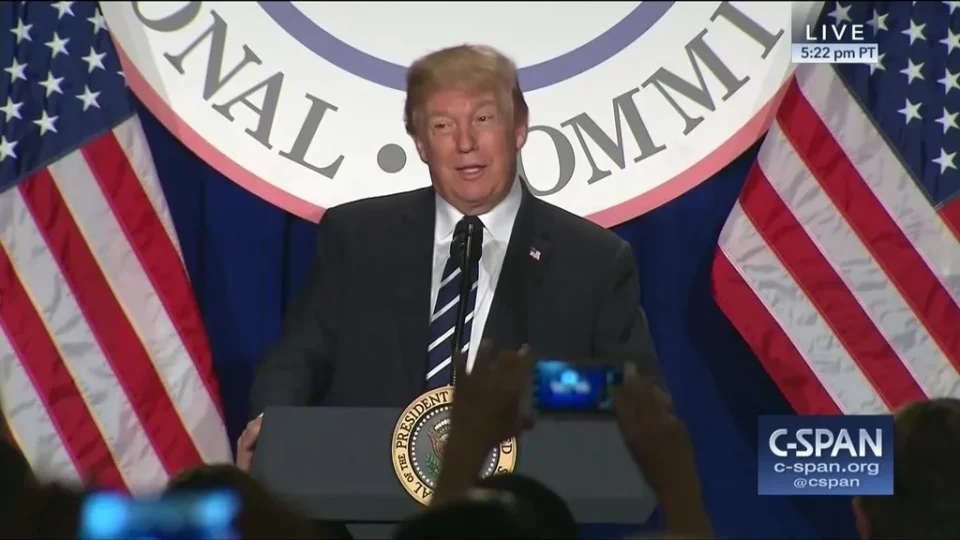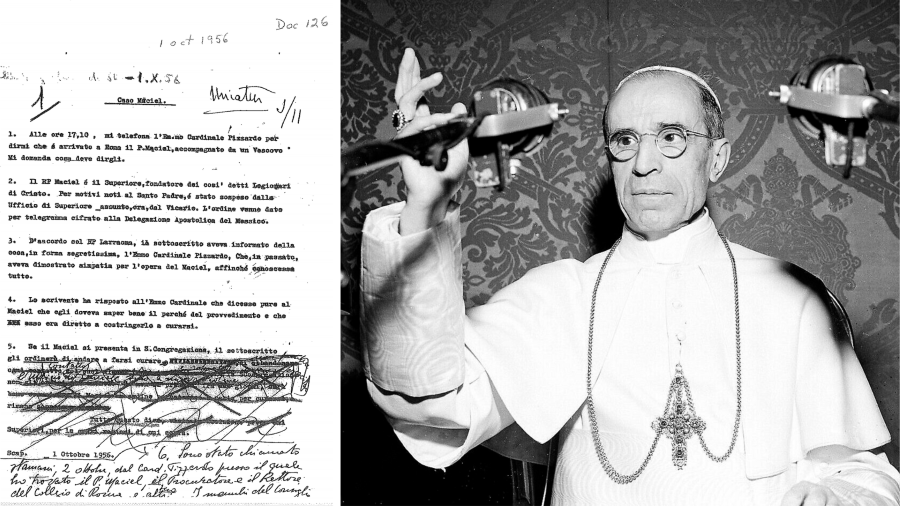 Many statues are designed to exclude. Not so crucifixes or sculptures of Our Lady
Many statues are designed to exclude. Not so crucifixes or sculptures of Our Lady
Let no one doubt that statues are important things. When we pull them down, it means something. Remember the American troops arriving in Baghdad and the fall of Saddam’s statue (and come to think of it, the rather ominous lack of a happy cheering crowd?) And remember the way that most of the statues of Lenin and Karl Marx were consigned to special parks dedicated to Soviet art throughout the former Soviet bloc once liberation came?
I have visited one such in Sofia which was a highlight of my tour of that charming country. Soviet art is well worth looking at – once it is safely consigned to a museum. The same goes for Soviet propaganda films, also on show in the same museum. But to live in a city dominated by statues of Lenin and to have to watch televised propaganda – that would be different. The fact that such things are now in museums is a sign that the ideology they represented has been defeated, and a good thing too.
As with the Soviet art (some of which is quite good as art) so with the Confederate monuments in so many American cities. The statues of General Lee which all date from the 20th century represent an aspiration, fully realised in the years before the Civil Rights movement in some places, that the former slaves should keep to their duly assigned inferior place in society. They represent ‘markers’ laid out in marble and bronze which say “This is our territory and not yours.”
This sort of territorial marking was, or perhaps still is, common in Northern Ireland, and was certainly the rule in Lebanon when I was there a couple of decades ago. In the Christian quarters of Beirut one saw wall paintings of Our Lady of Lourdes, pictures glorifying the various Christian militias, along with lots of billboards advertising salami. Drive out to the airport, and on every lamppost you saw a huge picture of an unsmiling Ayatollah Khomeini. Venture into the Beka’a Valley, and the place was decked with Hizbollah slogans. You were never in any danger of forgetting whose territory you were in in Lebanon.
And so it comes to pass that a Catholic school in California decides to remove various Catholic statues, because these might be construed as somehow alienating people who are not Catholic, as this magazine reports. This has garnered some interesting comment in the Washington Times, which makes the connection with the statues of General Lee.
But my question is a simple one: are Catholic religious symbols territory markers in the same way as Confederate statues are?
I know (because they have told me) that certain non-Catholics do not like the paraphernalia of Catholicism and the various sacramentals such as crucifixes and statues of Our Lady. That is a shame, but it is not a good enough reason for us to remove them. After all, people who don’t like them can move on, and these things usually are found on sites dedicated to Catholic purposes. But there is a more profound point here: Catholic symbols are not symbols of exclusivity, but of inclusivity. Any image of the Madonna, of the Mother and Child, should be an image that any human being can relate to, for we all have mothers. Mary represents something that is universal.
She is not on one side of some dispute, as General Lee was. Opinions divide about General Lee; you can’t have two opinions about Mary. Again, the crucifix: the image of Christ with his arms outstretched to embrace the whole of humanity is a symbol that excludes no one. Christ died for all – if that were not true we would not have crucifixes in the first place. As for St Juniper Serra, whose statue has been recently defaced, on what grounds can one object to this Franciscan friar? The charge of genocide is simply not true. Or is this an attack on a Christian monument simply because it is Christian? Is Christianity – a religion that compels no one – to be demonised along with all the other bad things from our past?
We have been here before, not in America, but in Italy. Back in 2006 the late Adel Smith, an Italian Muslim of Scottish-Egyptian descent, waged a long legal campaign against the display of crucifixes in public buildings, which he lost. Luckily for common sense and public peace, the Italian courts saw his campaign for exactly what it was: a campaign against Christian culture, as opposed to a positive campaign for secularism.
We must defend religious symbols, precisely as religious symbols, and resist the efforts by some as to see them as political, or merely cultural emblems, like the statues of Robert E Lee. No Catholic symbol intimidates anyone, for faith leaves one free to respond positively or negatively. (Emblems, that only stand for one thing, are a different matter). If we give way on this essential principle, we are lost. Those statues in the California school need to be put back at once. Their removal, along with the admission that they could be “alienating”, represents the height of unwisdom and the setting of a lamentable precedent.
____________________







